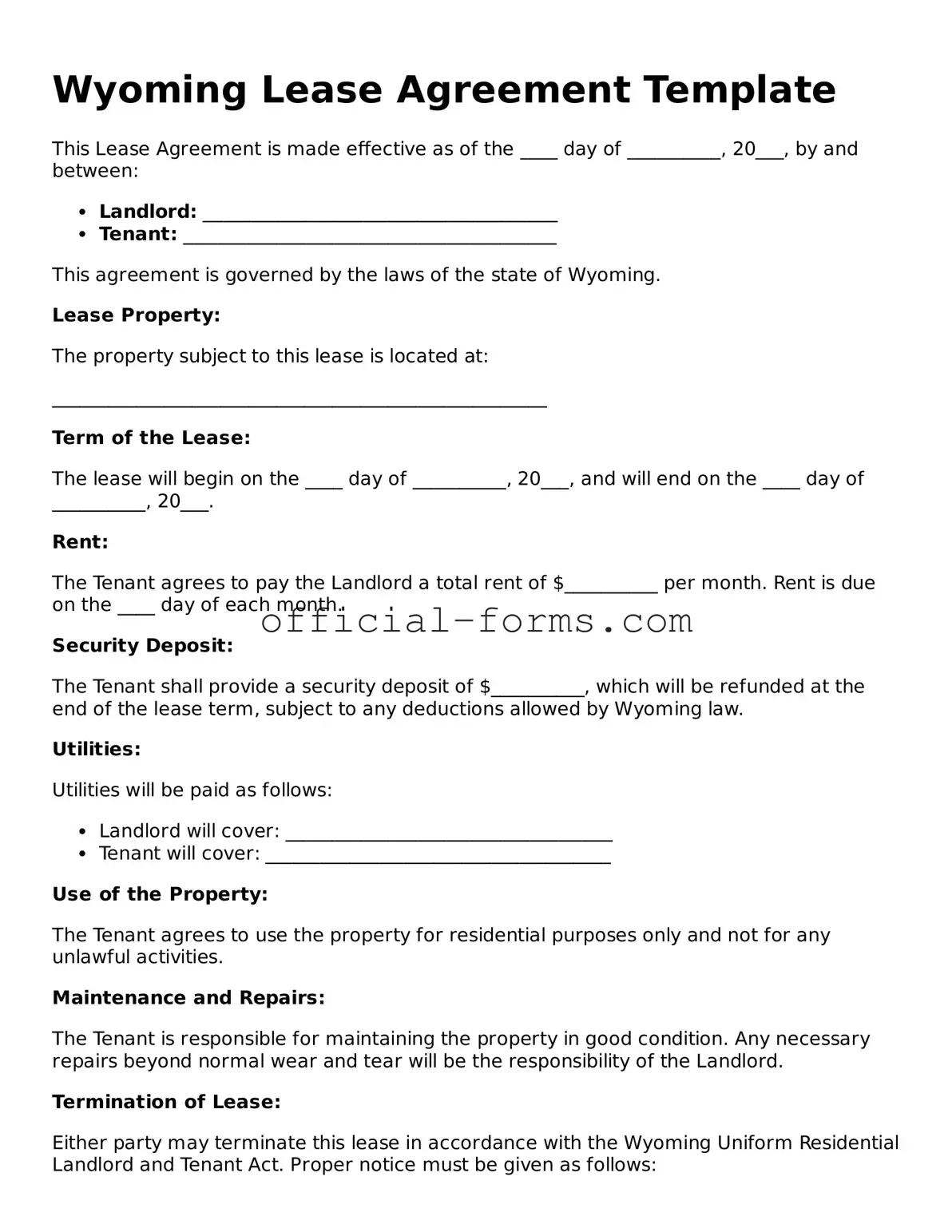Filling out a lease agreement can seem straightforward, but many people make common mistakes that can lead to misunderstandings or disputes later on. One of the most frequent errors occurs when the names of the parties are not clearly stated. It's essential to include the full legal names of both the landlord and tenant. Nicknames or abbreviations can create confusion, especially if there are multiple parties involved. Ensure that everyone’s identity is clearly defined to avoid any potential issues down the road.
Another common mistake is neglecting to specify the rental term. A lease agreement should clearly outline the duration of the lease, whether it’s a month-to-month agreement or a fixed-term lease. Failing to include this information can lead to disputes about when the lease begins and ends. Without a defined term, both parties may have different expectations about their rights and responsibilities.
People often overlook the importance of detailing the rent amount and payment schedule. This section should specify not only the monthly rent but also when it is due and how it should be paid. For example, is the payment made via check, bank transfer, or cash? Missing this information can lead to confusion and potential late fees. Clarity in this area is vital for maintaining a good landlord-tenant relationship.
Additionally, many individuals forget to include provisions for maintenance and repairs. It’s crucial to outline who is responsible for various aspects of property upkeep. If this is not addressed, tenants may assume that the landlord is responsible for all repairs, while landlords might expect tenants to handle minor issues. Clear expectations can help prevent conflicts and ensure that the property remains in good condition.
Finally, a significant mistake people make is failing to review the local laws governing lease agreements. Each state, including Wyoming, has specific regulations that must be followed. Ignoring these laws can lead to unenforceable clauses in the lease. It’s wise to familiarize yourself with local regulations or consult a professional to ensure your lease agreement complies with state laws.
